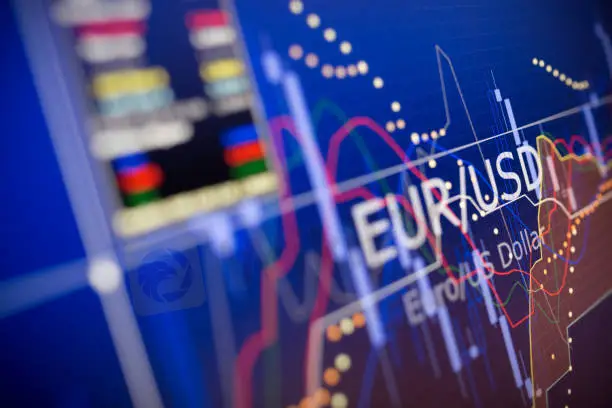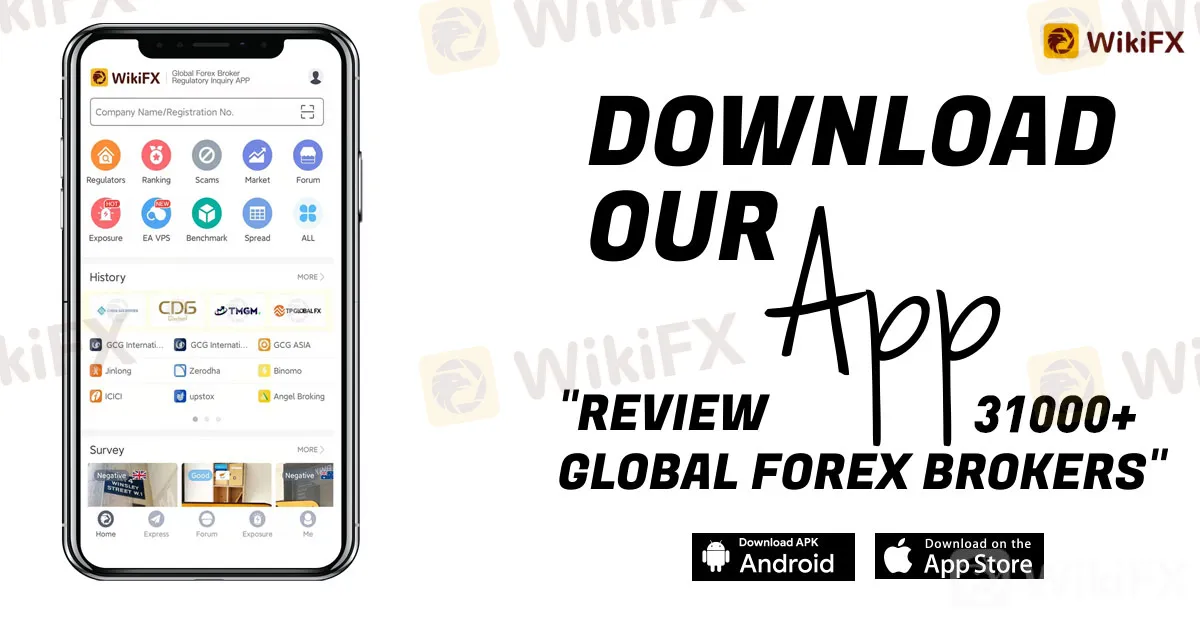简体中文
繁體中文
English
Pусский
日本語
ภาษาไทย
Tiếng Việt
Bahasa Indonesia
Español
हिन्दी
Filippiiniläinen
Français
Deutsch
Português
Türkçe
한국어
العربية
EUR/USD: Not looking on a move above 1.1500 – ING
Abstract:Will EUR/USD break above 1.1500? Economists at ING think the balance of risks for the pair is still skewed to the downside, primarily on the back of ECB-Fed monetary policy divergence, and a move above 1.1500 in EUR/USD seems unwarranted.

EUR/USD: Not looking on a move above 1.1500 – ING
Will EUR/USD break above 1.1500? Economists at ING think the balance of risks for the pair is still skewed to the downside, primarily on the back of ECB-Fed monetary policy divergence, and a move above 1.1500 in EUR/USD seems unwarranted.
Eyes on ECB minutes this week
“We do not trust the current USD softness, and we are thus inclined to think that EUR/USD is due for a correction rather than another leg higher.”
“Most of the focus in the week ahead will be on the ECB minutes from the December meeting: a chance to gauge the strength of the hawkish bloc in the policy discussion. Still, any hawkish headline should be filtered by the fact that the Omicron situation in Europe was not as bad when the meeting took place compared to the following weeks.”
“We expect EUR/USD to slide back to 1.12/1.13 in the near term, but for next week, wed already welcome a stabilisation below 1.1500 as a sign that the bullish push on the pair was temporary.”

Disclaimer:
The views in this article only represent the author's personal views, and do not constitute investment advice on this platform. This platform does not guarantee the accuracy, completeness and timeliness of the information in the article, and will not be liable for any loss caused by the use of or reliance on the information in the article.
Read more

Will the Euro and US Dollar Reach Parity in 2025?
Euro-dollar parity sparks debate again as 2025 approaches, with multiple factors shaping the exchange rate outlook.

US Dollar Surge Dominates Forex Market
The global forex market continues to show volatility, with the U.S. dollar fluctuating last week but overall maintaining a strong upward trend. How long can this momentum last?

Oil Prices Soar for 5 Days: How Long Will It Last?
Last week, the global oil market saw a strong performance, with Brent crude and WTI crude prices rising by 2.4% and around 5% respectively. Oil prices have now posted five consecutive days of gains. But how long can this rally last?

How Big is the Impact of the USD-JPY Rate Gap on the Yen?
The U.S. Federal Reserve's repeated rate cuts and the narrowing of the U.S.-Japan interest rate differential are now in sight. So, why is the U.S.-Japan interest rate differential so important for the yen’s safe-haven appeal, especially when global economic uncertainty rises?
WikiFX Broker
Latest News
How to Automate Forex and Crypto Trading for Better Profits
Wolf Capital Exposed: The $9.4M Crypto Ponzi Scheme that Lured Thousands with False Promises
Confirmed! US December non-farm payroll exceeded expectations
Is Infinox a Safe Broker?
How Did the Dollar Become the "Dominant Currency"?
400 Foreign Nationals Arrested in Crypto Scam Raid in Manila
Singapore Blocks Polymarket Access, Following U.S. and France
OneZero Collaborates with Ladies Professional Golf Association (LPGA)
Housewives Scammed of Over RM1 Million in Gold Investment Fraud
Massive Hawala Scam: Rs 10,000 Crore Routed Abroad
Currency Calculator






